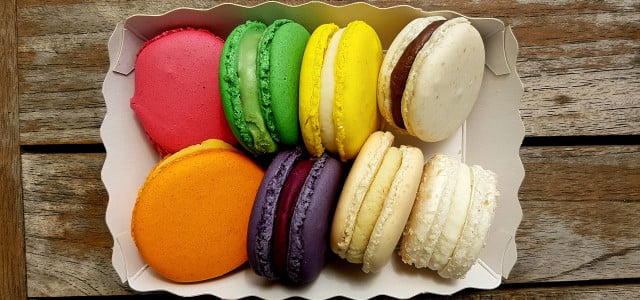Processed foods often contain artificial food dyes to give them a brighter color that appeals to consumers. Here are seven foods you never thought had artificial coloring.
Why Do Companies Artificially Color Food?
Companies often use food dye to make items more aesthetically pleasing and attractive to consumers, particularly children. Studies show that consumers generally prefer the color of food to match its flavor. Despite their negative health and environmental impacts, manufacturers prefer artificial over natural food dyes because they are cheaper and have a much longer shelf life.
You can avoid consuming food dye by choosing natural, whole foods that are not processed or artificially colored and flavored. Some common foods that contain food dye include candy, fizzy drinks and ice cream. If you do buy processed foods, read the labels carefully to check whether dye has been added to the product.
Why Is Artificial Food Coloring a Problem for Our Health and Environment?
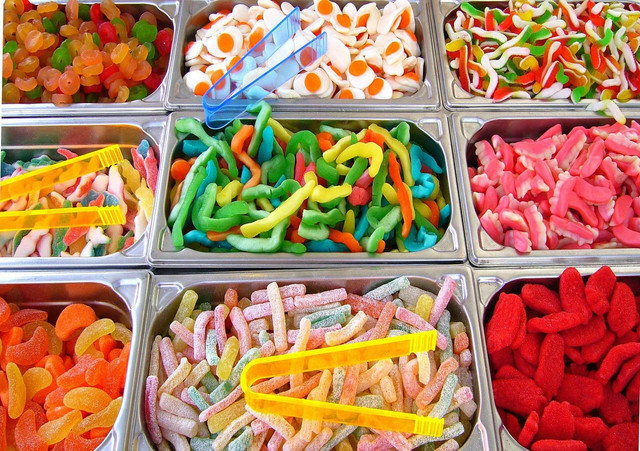
(Foto: CC0 / Pixabay / Shirley810)
Artificially colored foods are highly processed and can cause a range of adverse health effects, including:
- Hypersensitivity, especially in children. Much research has been done on the links between food dye and ADHD. In 2010, the U.K. government began requiring food manufacturers to include a warning label on any products containing dye.
- Cancer. Dyes frequently contain cancer-causing ingredients. These include benzidine, 4-aminobiphenyl and 4-aminoazobenzene, known cancer-causing substances that have been found in food dyes.
- Allergic reactions. Some food dyes are linked to immune reactive disorders and other allergic responses.
Food dye also negatively impacts the environment:
- Food dyes massively contribute to water pollution. During production, factories may discharge dye into natural bodies of water, damaging wildlife and ecosystems and contaminating the water that we drink.
1. Microwave Popcorn
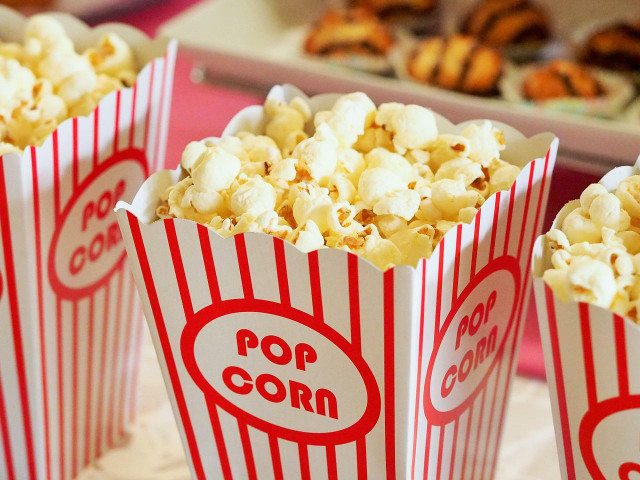


(Foto: CC0 / Pixabay / dbreen)
Several brands add food dye to microwave popcorn to give it a buttery hue. It is best to avoid eating popcorn that contains food dye and instead make your own homemade popcorn using unpopped kernels. Here are two plastic-free methods to make your own homemade popcorn.
2. Farmed Salmon
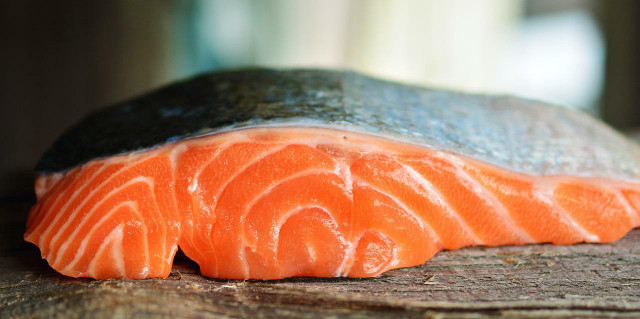


(Foto: CC0 / Pixabay / congerdesign)
Wild salmon get their bright orange-pink color from the carotenoids they consume while eating underwater plants and algae. However, farmed salmon are fed an artificial soya- and corn-based diet that does not contain these natural pigments. An artificial pigment called astaxanthin is added to their feed, giving them the same bright, appealing color that wild salmon develop naturally.
Research shows that salmon farming has substantial negative effects on the environment, including contributing to coastal nutrient pollution, exacerbating existing pollution of coastal ecosystems and releasing toxic compounds.
3. Pickles
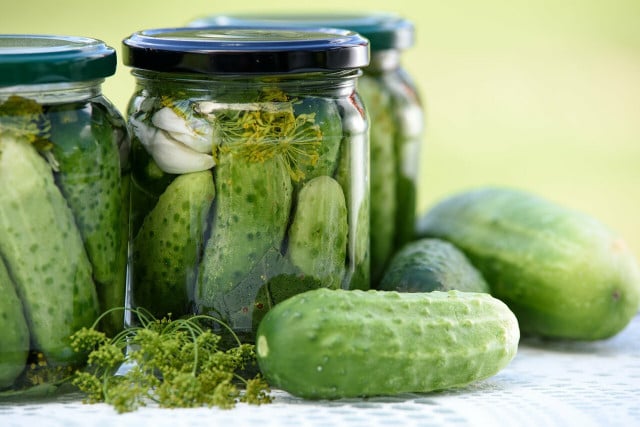


(Foto: CC0 / Pixabay / PhotoMIX-Company)
Pickles are naturally green; however, their shade is often enhanced with food coloring. Pickles may contain the food dye Yellow 5, or E-102, which gives them a brighter, more yellow hue when cut. Artificial food coloring adds no nutritional value, and it is best to avoid buying pickles that contain dye.
4. Bottled Salad Dressing
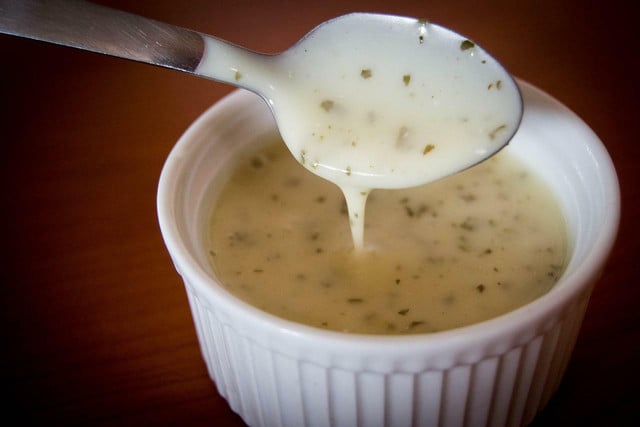


(Foto: CC0 / Pixabay / ailinder)
Even salad dressings that are already white, such as caesar or French dressings, frequently contain food dye to enhance their visual appeal. Store-bought salad dressings also contain many other unnecessary ingredients, including high fructose corn syrup. A healthier option is to make your own homemade salad dressing.
5. Yogurt
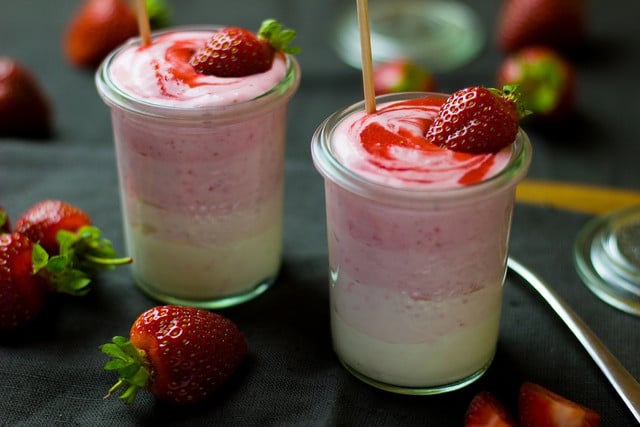


(Foto: CC0 / Pixabay / Einladung_zum_Essen)
Sugary, fruit-based yogurts often contain food dye to amplify their color. Instead of buying yogurt that is full of unnecessary artificial ingredients, you can make homemade vegan yogurt using locally sourced ingredients.
6. Processed Bread
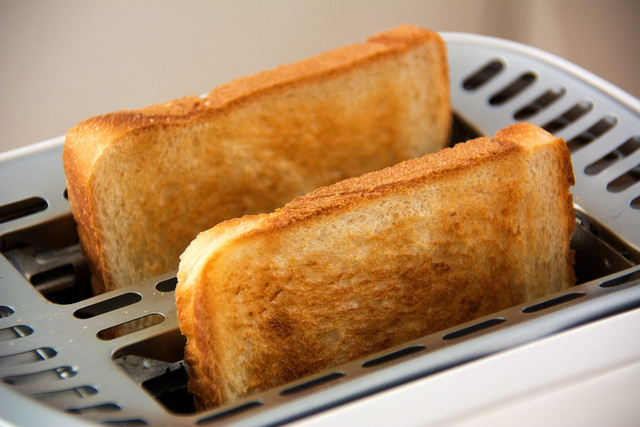


(Foto: CC0 / Pixabay / CordMediaStuttgart)
Processed, packaged bread from the store often contains food dye intended to enhance its color. Caramel-colored dyes may be added to give bread a brown color that appears healthier to consumers. This is frequently done when the bread does not contain enough grain to darken it. The healthiest (and more rewarding) option is to make homemade bread, so you can avoid eating artificially colored food packed with unhealthy ingredients.
7. Granola and Protein Bars
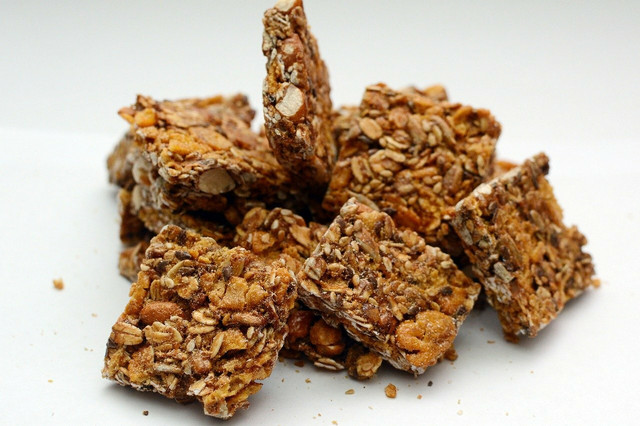


(Foto: CC0 / Pixabay / walterrodriguezph)
In addition to high amounts of sugar, granola bars and protein bars often contain food dye to give them a caramel color. Some bars also contain food dye to give them a bright, unnatural color. It is best to make your own granola bars at home, using locally sourced, whole ingredients and no artificially colored foods. Try making these quick and sustainable granola bars at home.
Tip: Find out how to make black food coloring for baking and frosting for your next Halloween cupcake project.
Read on:
- Homemade Gummy Bear Recipe – Vegan & Delicious
- 8 Avocado Substitutes for Sandwiches, Salads & More
- What Goes With Asparagus? 9 Vegan Options
Important Information regarding Health-related Topics.
** Links to retailers marked with ** or underlined orange are partially partner links: If you buy here, you actively support Utopia.org, because we will receive a small part of the sales proceeds. More info.Do you like this post?






